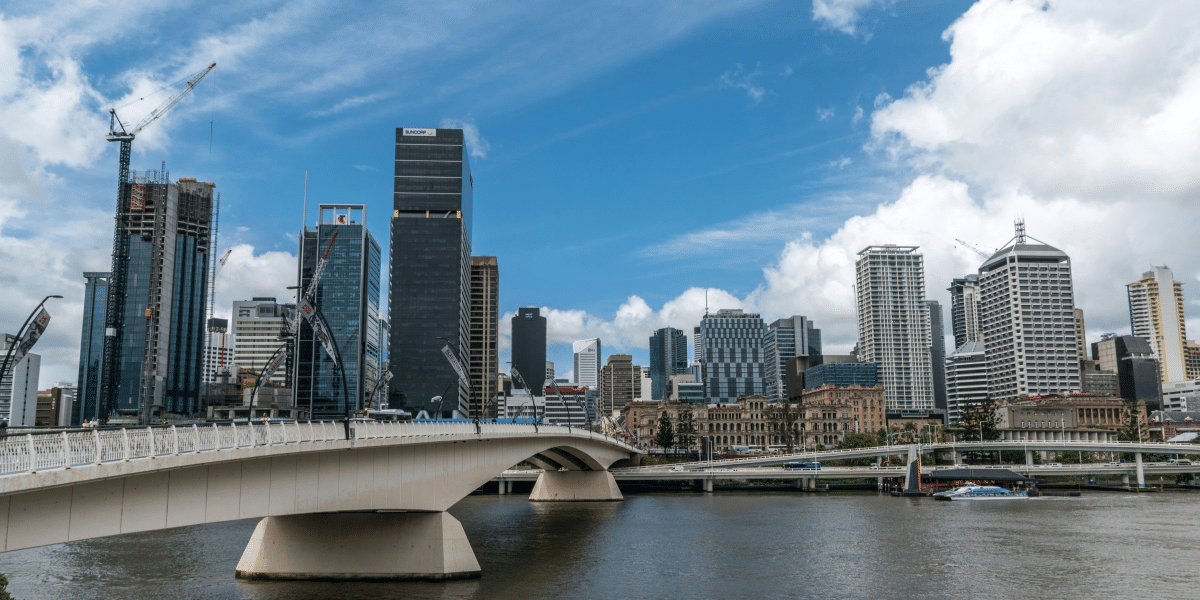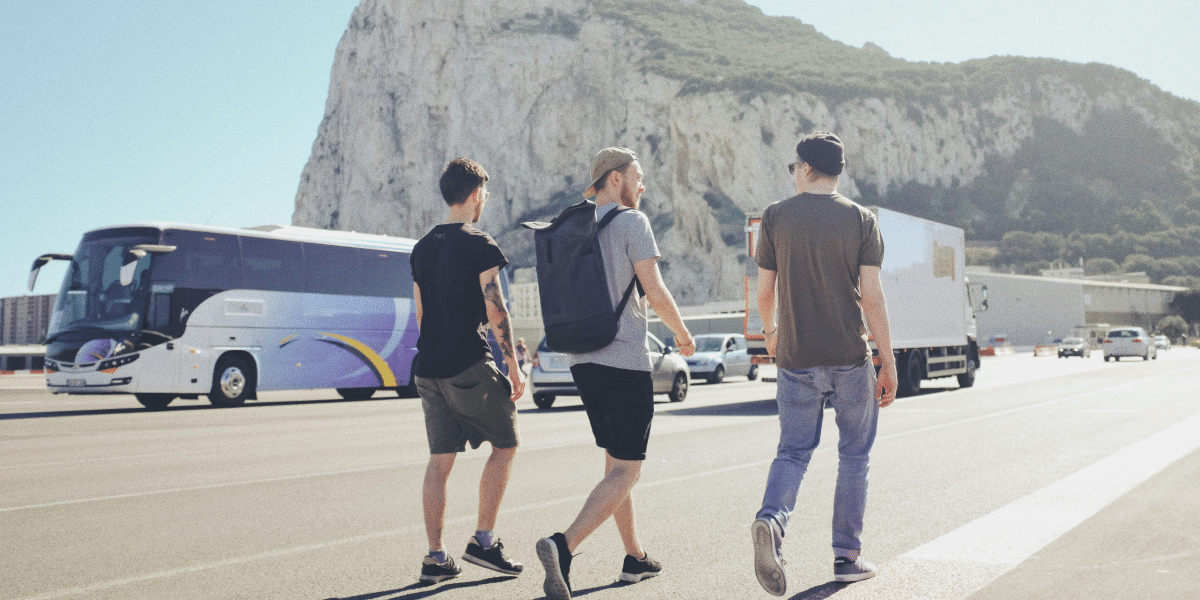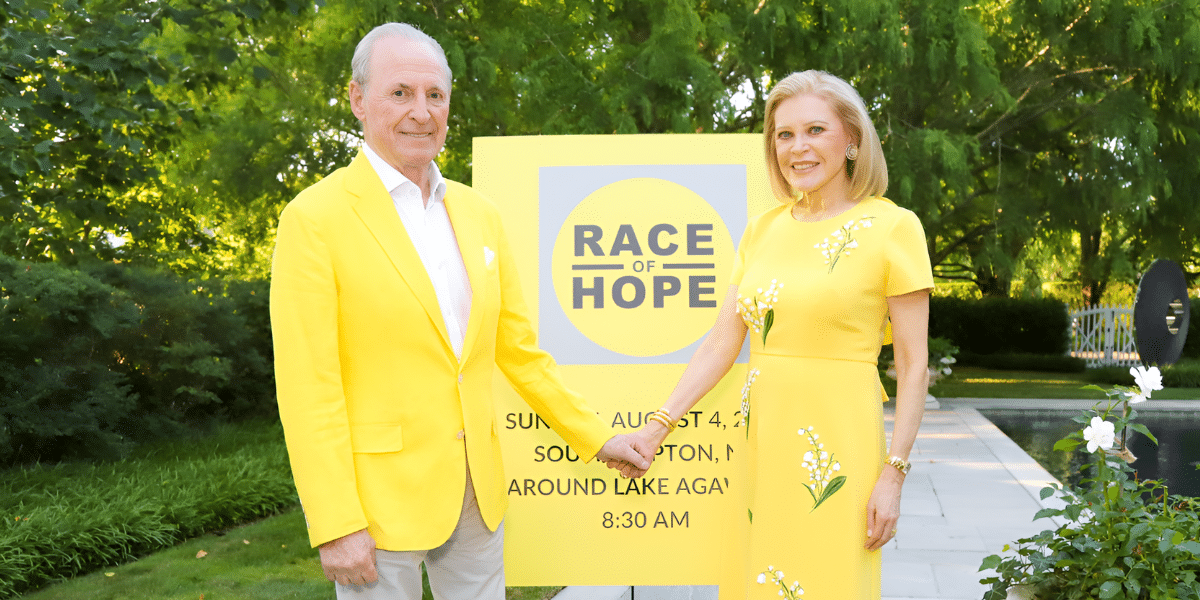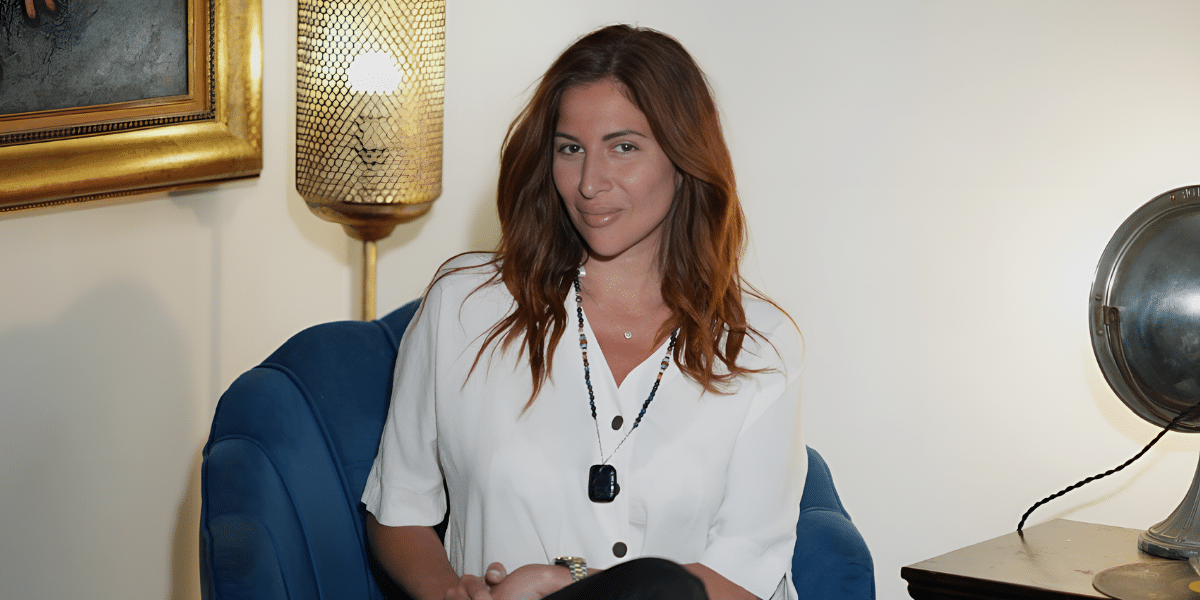The here-today-gone-tomorrow establishments known as pop-up shops put months of careful and strategic planning into unique, fun, or novel shopping experiences. But is there a benefit when retailers pack up their pop-up events, leaving only memories in their wake?
A survey from Storefront reveals that 80% of retailers who tried the strategy find it successful and 50% plan to do it again, saying that experiences help to grab attention, connect with new customers, and promote new products. The best part about these pop-up shops is that memories are exactly what customers want to share on social media.
Since 2015, Ray Sheehan, Owner of Old City Media, has enabled brands to connect with targeted demographics through creative solutions in experiential marketing. Aja Bradley Kemp, CEO of Conversate Collective, has spent over two decades helping brands develop lasting relationships with their audience through the power of shared experience. These gurus of experiential marketing team up to unravel the concept of pop-up shops and offer tips for making the moment memorable.
Related: Why Pop-up Stores Should Be Part of Every Retailer’s Strategy
Pop-up shops provide a unique, personal experience
“In this age of online commerce and automated chatbot responses for service inquiries, people still crave human interaction,” says Sheehan, “and pop-up shops give customers precisely that. They provide an immersive experience that invites customers to interact, create lasting memories, and share their experiences.”
For example, BarkBox hosted a fun, by-appointment-only pop-up event called “BarkShop Live.” During the event, dogs wore high-tech tracking vests and played with the brand’s best toys in private rooms, and pet owners received reports about their dogs’ favorite toys on their smartphones and purchased them with a tap. Of course, pet owners could have bought these toys from their living room sofas, but BarkShop Live banked on the expectation that people wanted an experience with their furry friends — and that other people were curious enough to watch.
Lipton Tea brainstormed another popular pop-up shop. When the brand launched its nylon mesh, pyramid-shaped tea bags, it wanted consumers to know about it. To introduce the new product, Lipton installed 25-foot mesh pyramids in malls across the country. The plan was to illustrate how a pyramid had space for long-leaf tea leaves to unfurl and release extra flavor. A huge trampoline inside each pyramid entertained bouncing kids while parents relaxed and sipped the new product.
These pop-ups were more than places to shop; they provided unique experiences for those who visited them. As intended, they successfully captured people’s attention and got them talking.
Planning a targeted experience is key, and Kemp reminds pop-up shop planners that each temporary store needs a goal. “Remember to focus on your pop-up’s mission,” she advises. “Behind every great experience is a goal. If your pop-up shop is designed to be a launch party, then make it a real celebration with food, drinks, and entertainment. If your goal is to expand your customer base, then collaborate with an influencer in your niche to get the word out on social media. It also helps to choose a location in a high-traffic area or somewhere unexpected to get more people interested in the experience and talking about it long after it’s ended.”
Related: Want to Jump-Start Your Ecommerce Business? Try a Pop-up Shop.
Successful pop-up stores keep the experience alive
Social media platforms are essential in every stage of a pop-up shop’s success. “To get the word out and heighten enthusiasm, start posting save-the-date reminders, Google map links, and teaser pics several weeks before your shop opens,” says Sheehan. “The more engaging, mysterious, and intriguing your posts are, the better. Remember: one of your main goals is sharing the experience, so create a catchy hashtag your customers will pass along.”
Over half of the marketers who design pop-up shops create them to reach customers beyond the live experience during and after the event. “For people who can’t attend your event, make sure you have a photographer on hand to capture buzz-worthy photos and videos,” Sheehan says.
In addition to social media marketing, pop-up designers benefit from the power of local press coverage. “Send press releases to area media and complimentary tickets to reporters,” suggests Kemp. “Hit the streets and post flyers where your target audience is likely to hang out, and display signage to snag foot traffic during the event.”
The experience should continue even after customers leave pop-up shops. “Send customers home with a fun memento of the experience,” suggests Sheehan. “In all the excitement, don’t forget to collect email addresses and other contact info when customers check in or make a purchase. By doing this, you can follow up after the event with targeted campaigns that share pictures and memories of the experience and suggest other ways to engage with your brand.”
Related: Pop-up Shop Marketing: a Quick How-to Guide












